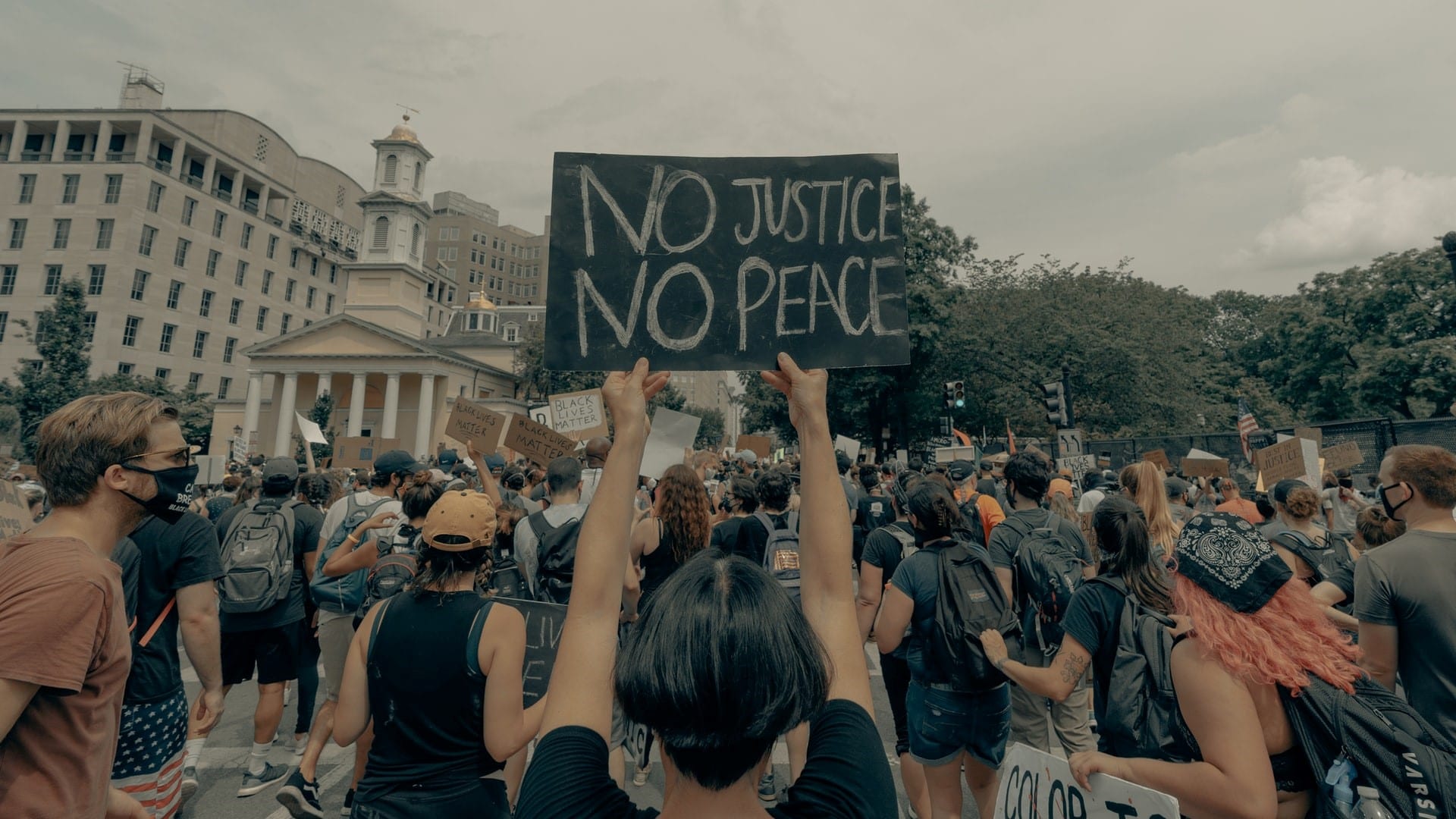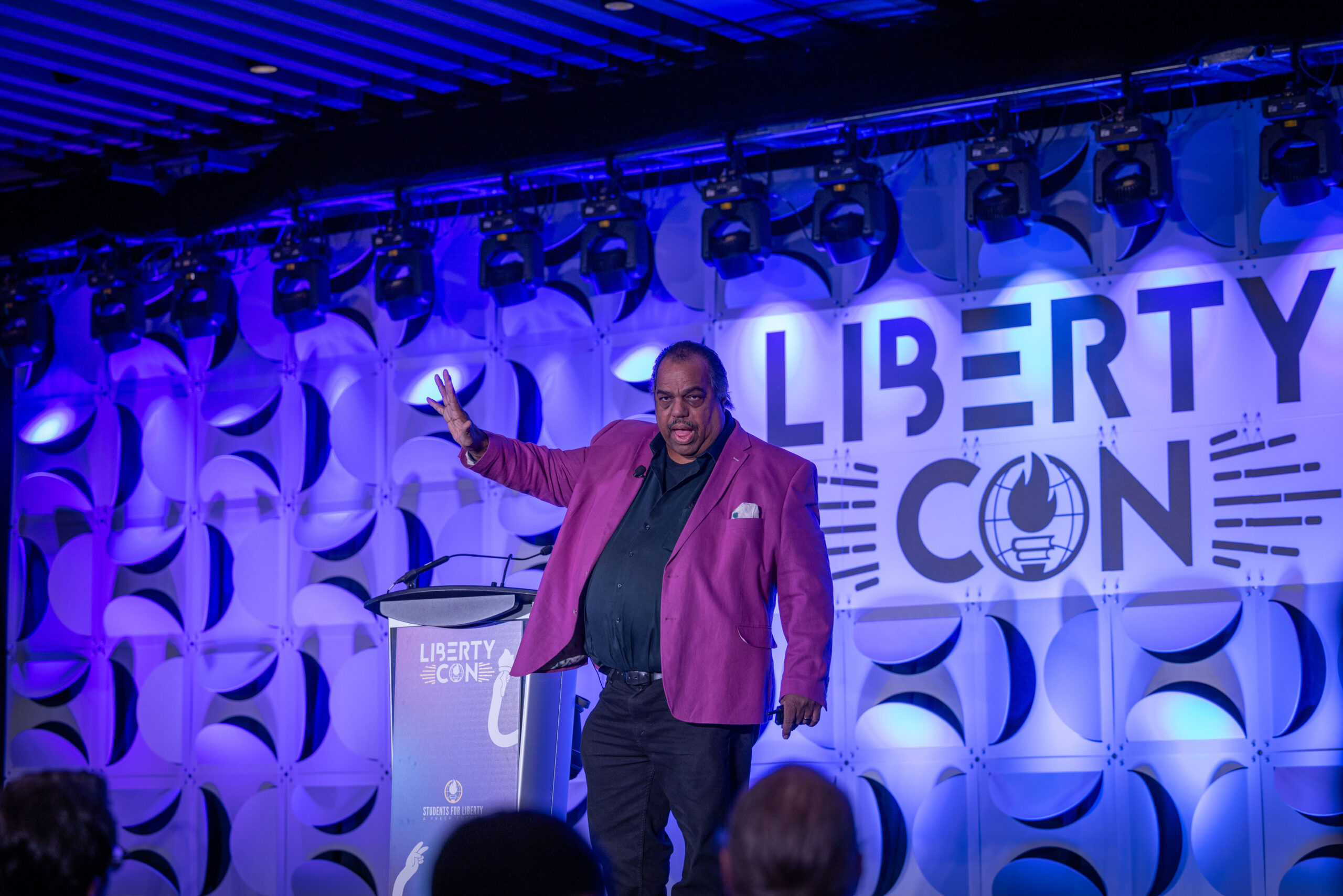The recent surge in anti-Asian attacks has elicited urgency on the question about the role of the AAPI community on race-related political and social issues. These attacks were even more upsetting and outrageous when considering the lack of mainstream media coverage afforded to the violence against Asian-Americans.
The exclusion of Asian perspectives from discussions of race-related issues
In most contemporary discussions of race, the conversation has often been relegated to the White vs. Black dichotomy, which has often ignored the perspectives of the AAPI community. Academic research into the education system finds that Americans textbooks restrict themselves to the Black/White binary when discussing race.
Moreover, when Asians are included in the discussion, they are sometimes denigrated as sharing responsibility in racism and their racial identities are erased. One school district in Washington decided that Asians were not students of color, placing them instead in the “white” category. This simplistic view of race neglects the diverse nature of the United States and alienates Asians from race-related issues by portraying their experiences as irrelevant to the discourse on race in America.
The anti-racism movement’s binary narrative
In particular, the anti-racism movement and its proponents, specifically authors such as Ibram X. Kendi and Robin DiAngelo, have perpetuated this pernicious narrative that fails to acknowledge the complex nature of race in America. In order to engage the Asian community on issues of race and politics, it is necessary for writers on race in America to specifically acknowledge and learn more about the experiences and stories of the Asian community.
One way in which both Kendi and DiAngelo propagate this message is by only incorporating examples of racism perpetuated by white people against Black Americans into their books. This reinforces the idea that race in America should be framed as a binary. For example, when Robin DiAngelo recalls a time when she was co-leading a workshop on racism when a white participant told an African-American man that they did not see race. Throughout the rest of her book, DiAngelo continues to use examples of race that pertain only to white and black people.
DiAngelo only discusses race within the framework of misconceptions of white people about black Americans. This narrow focus and binary narrative further neglects the complex nature of race in America and attempts to oversimplify the reader’s understanding of race by painting an incredibly diverse America as black-and-white. Furthermore, in her book, she rarely mentions other racial groups such as Asians and Hispanics and their role in America as minorities.
Kendi similarly ignores the racial struggles and experiences faced by Asian-Americans in his book, How to Be an Antiracist, by contextualizing race through the lens of Black vs. White. Throughout his book, Kendi consistently identifies discrepancies and disparities between White people and Black people in America across a variety of socioeconomic factors. However, Kendi never extends those comparisons to include other racial groups, which would provide him with a more complete picture.
Instead, Kendi chooses to promulgate a narrow conception of race in his book, providing the reader with a one-dimensional understanding of racial issues in America by ignoring the experiences of Asians, Hispanics, and Native Americans. Kendi’s lack of depth in his analysis of race creates the perception that racial issues are unimportant to those who do not neatly fit into the White vs. Black dichotomy.
Simplistic perspectives fail to address intense polarization
A similar critique can be levelled at the anti-racism movement as a whole, which has failed to include Asians and their experiences in advocating for equal treatment in America. In order to address this failure, we should broaden the discussion on race and engage in a more complex understanding of race in order to avoid the modern-day depiction of race as a White vs. Black narrative.
In a period of intense polarization and racial divisions, it is imperative that we embrace complexity and self-introspection, so that we gain a better understanding of how to heal the divisions in this country.
The adoption of simplistic narratives on race by the anti-racism movement curtails the quality and depth of our discourse on the matter. Furthermore, this ideology alienates well-intentioned people who oppose racism and seek to create a more equal and just society.
To read more about equal treatment under the law, be sure to check out our cluster page by clicking on the button below.
This piece solely expresses the opinion of the author and not necessarily the organization as a whole. Students For Liberty is committed to facilitating a broad dialogue for liberty, representing a variety of opinions.









